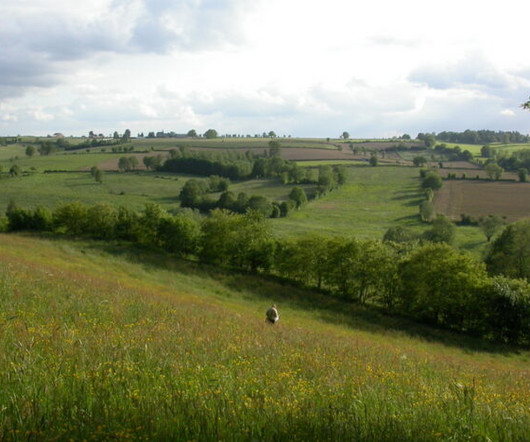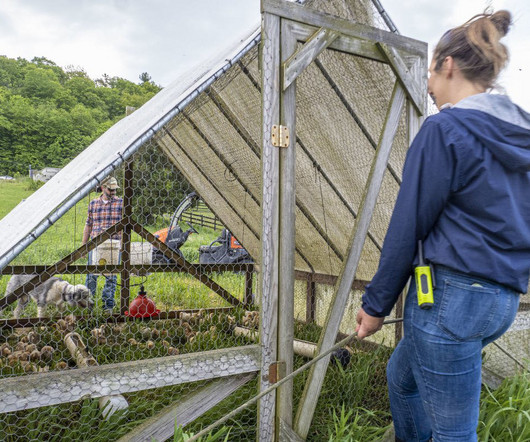How to Improve Long-Term Soil Health on Your Farm
Farmbrite
AUGUST 23, 2023
Healthy soil can mean increased yields (and profits) as well as fewer inputs like fertilizer or pesticides. Rotate your crops. Rotating crops is one of the best ways to improve long-term soil health on your farm. Here are six ways you can improve long-term soil health on your farm: What is soil health?












Let's personalize your content